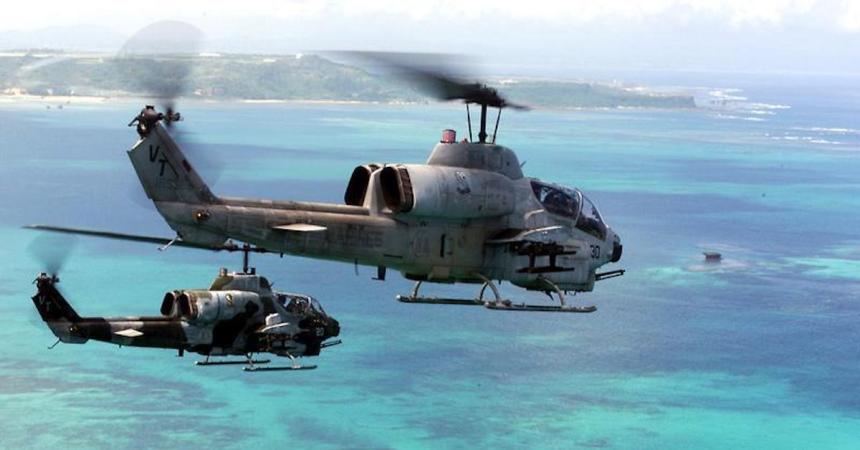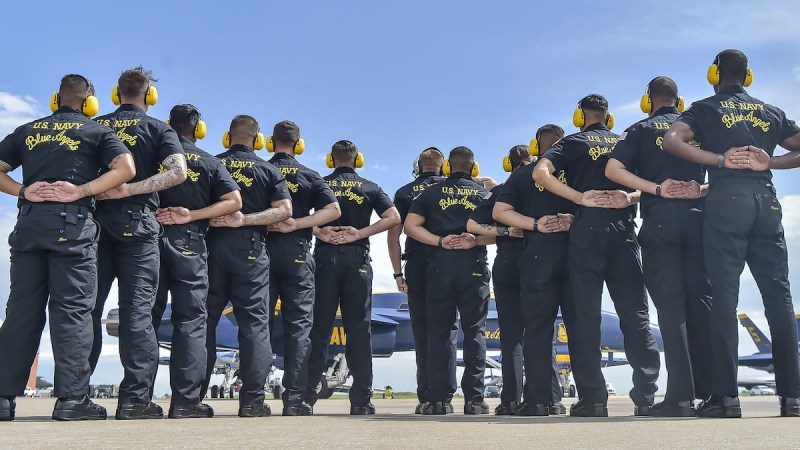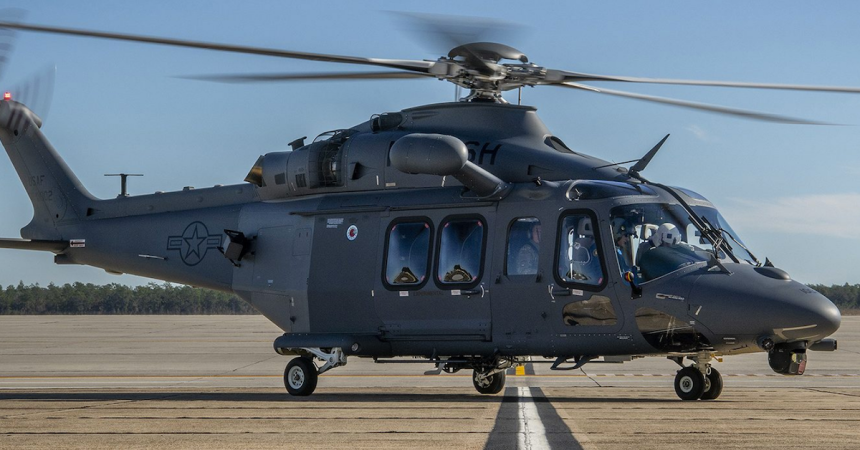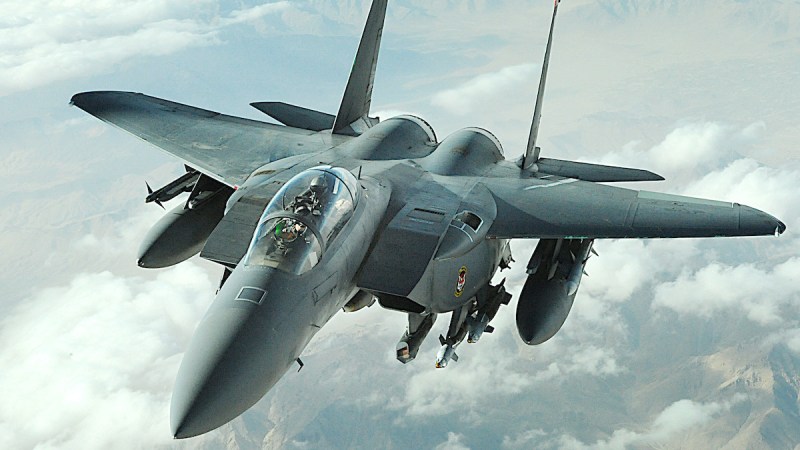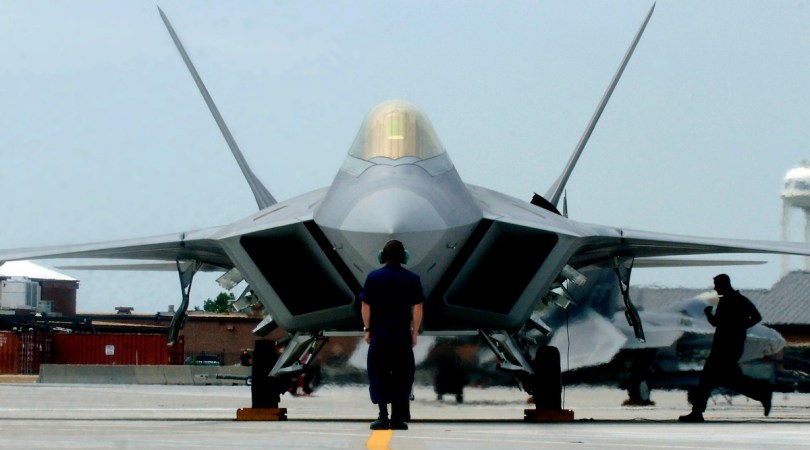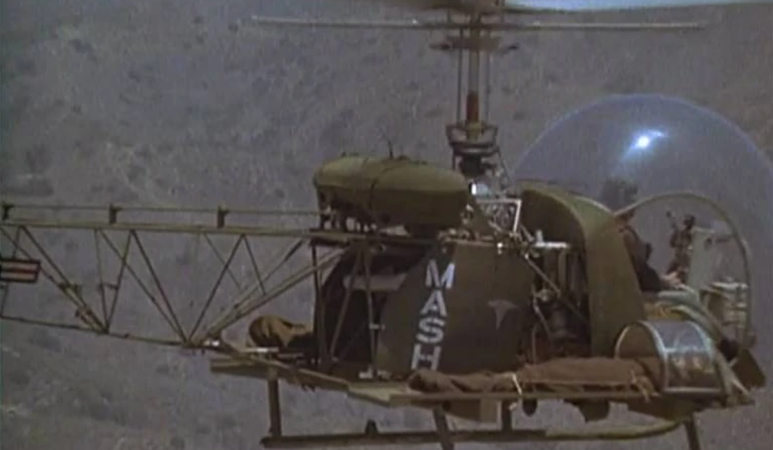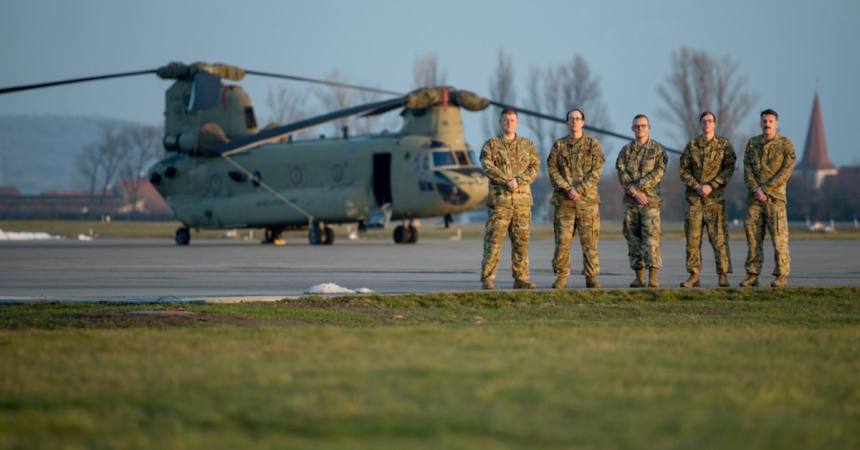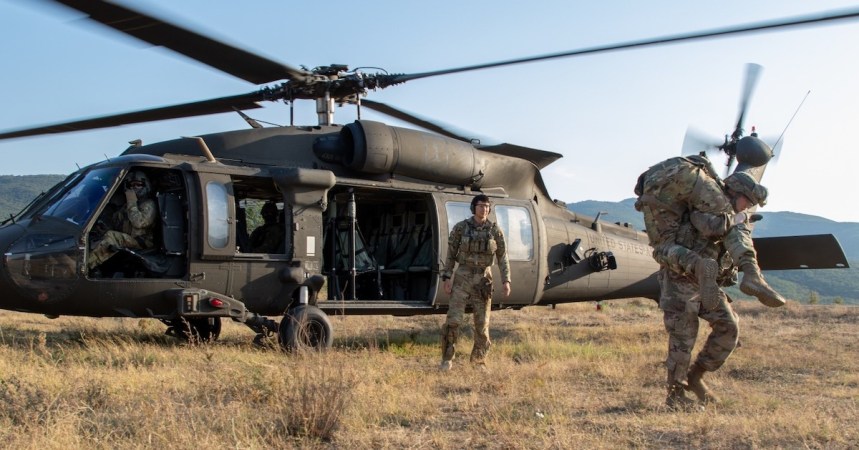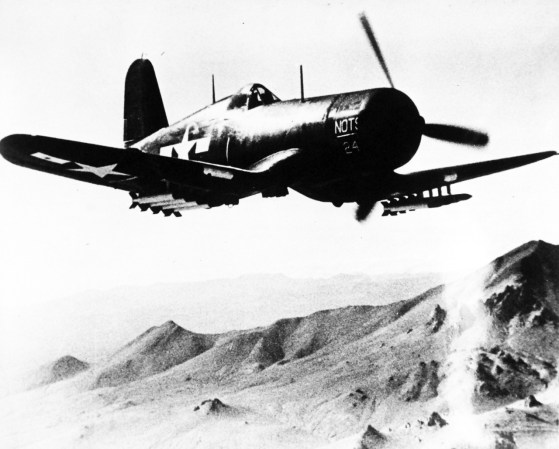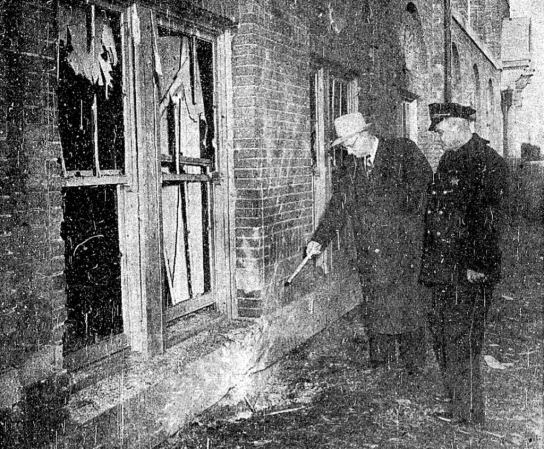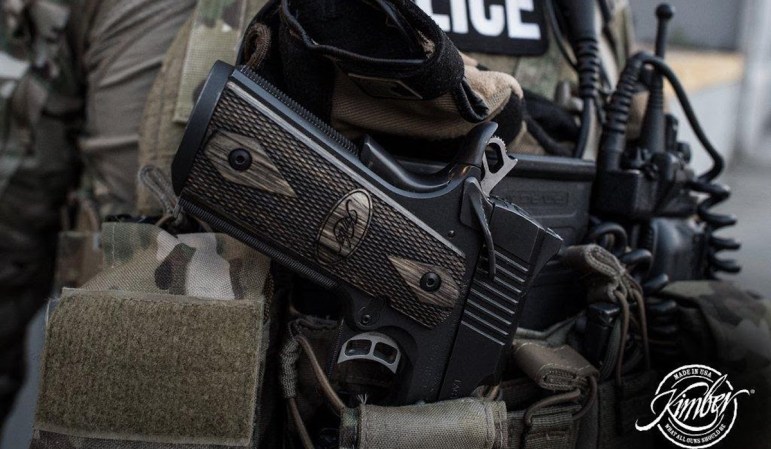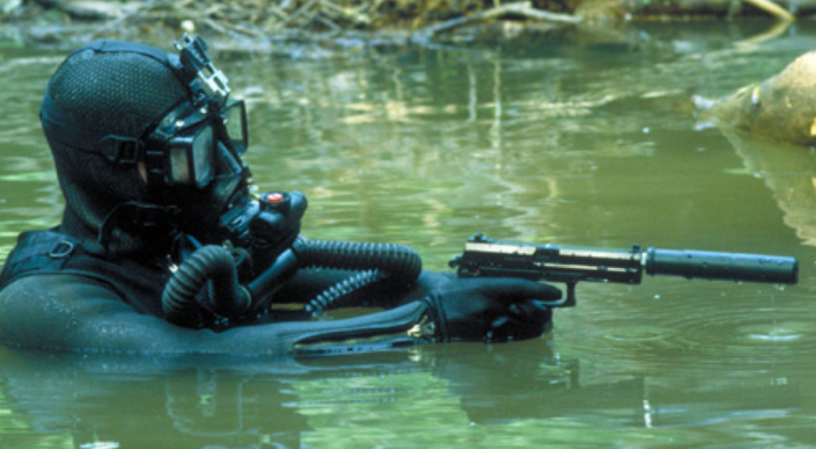When you think of the F-86 Sabre, your thoughts jump immediately to dogfights above the Yalu River against MiG-15s flown by Soviet, Chinese Communist, and North Korean pilots. But this dominant air-to-air fighter wasn’t the only version of the Sabre.
In addition to the F-86H, a fighter-bomber version of the Sabre that hung around until 1972, the Sabre was also retooled as the F-86D, designed specifically to kill enemy bombers.

According to aviation historian Joe Baugher, the goal was to create an all-weather interceptor that had a single pilot, as opposed to a two-man crew. The plane was first called the F-95 since it didn’t have many parts in common with the F-86A but, in 1950, the Air Force changed the designation to F-86D. The six M3 .50-caliber machine guns onboard the F-86A were replaced with a pack of 24 2.75-inch “Mighty Mouse” rockets. A pilot had the choice of firing 6, 12, or all 24 rockets at an enemy bomber in a single salvo.

The F-86D proved to be much faster than the other two interceptors in Air Force service in the 1950s, the F-89 Scorpion and the F-94 Starfire. Over 2,500 F-86Ds were produced, and nearly a thousand of them were modified into the F-86L standard, which added a datalink and the “6-3” wing used by the F-86F air superiority fighter. A simpler version designed for export, the F-86K, on which the rocket pack and some of the radars were replaced with four 20mm cannon, was also produced and served with Germany, France, the Netherlands, Norway, Italy, Venezuela, Honduras, and Turkey.

The F-86D was initially considered too sensitive to export, so the F-86K replaced the rocket pack with four 20mm cannon, and a different targeting system. Honduran F-86Ks saw action in the Soccer War and flew until 1980. (Wikimedia Commons photo by Aldo Bidini)
The F-86D hung around until 1961, while the improved F-86L wasn’t retired until 1965. F-86Ks flew with international air forces until 1980, when Honduras retired its planes.
Learn more about this bomber-killing Sabre in the video below:
(Jeff Quitney | YouTube)





